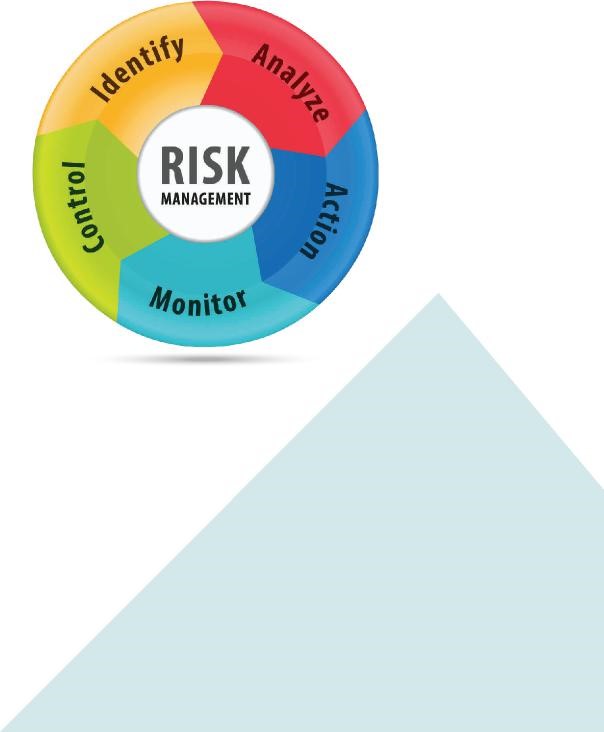Catastrophic weather, wildfires, and common kitchen fire claims among AMERIND members/customers have been slowing increasing in costs each year. With replacement costs also increasing, it has become more and more expensive for Tribes and businesses to repair or replace loss property. The severity of loss has contributed to rising insurance costs across all insurance carriers and without any type of loss prevention, the risk of sustaining a costly or possible total loss is at an all-time high. AMERIND’s Safety Services Team has improved our outreach to our members/customers who are experiencing higher than average losses by developing risk management and loss control plans. Identifying the risks and developing plans begin with analyzing the losses affecting our customers and finding the most effective plans and practices to recommend.
INCREASE IN FIRE LOSSES
From 2019-2021, AMERIND has seen $49M in fire losses across all lines of business. With wildfires leading in severity, kitchen and electrical fires have been the most frequent fire claims reported while arson remains an issue among Tribal communities. Below outlines the fire losses from 2019-2021 and 2022-2023:
2019-2021 Fire Losses- $49M Total Loss to Dwellings- $18M Wildfires- $6.6M Cooking/ Kitchen- $3.4M Electrical- $3M Arson- $2M
2022-2023 Fire Losses- $6.1M
Total Loss to Dwellings- $2.2M
Electrical- $800K
Cooking/ Kitchen- $400K
Arson- $300K
The National Fire Protection Association (NFPA) published a report in 2021 with the following statistics:
More than one-quarter (26%) of reported fires in 2015-2019 occurred in homes. Even worse, three-quarters (75%) of civilian fire deaths and almost three-quarters (72%) of all reported injuries were caused by home fires.
During this five-year period, US fire departments responded to an estimated average of 346,800 home structure fires per year. These fires caused an annual average of 2,620 civilian deaths; 11,070 civilian fire injuries; and $7.3 billion in direct property damage.
Most home fires and fire casualties resulted from five causes: cooking, heating, electrical distribution and lighting equipment, intentional fire setting, and smoking materials.
From 2015–2019, cooking was the leading cause of home fires and home fire injuries, while smoking was the leading cause of home fire deaths.
The similarities between AMERIND’s losses and NFPA’s reported fires are similar with kitchen/cooking fires leading the way for home structure fire losses. Wildfires were not calculated as part of the NFPA report but accounted for 32% of AMERIND’s fire losses.
While fire loss accounts for over 70% of all losses for AMERIND customers, our goal is to prevent and mitigate all types of loss. Although we realize all perils are not preventable, we hope to help our members and customers reduce the risk of sustaining severe or total losses. AMERIND’s Safety Services Team is increasing our outreach to our members and customers by identifying risks and hazards that could cause loss. We will assist in the development and implementation of a risk management/ loss control plan in hopes of improving loss performance.
RISK MANAGEMENT/ LOSS CONTROL PLAN
With our mission of Tribes Protecting Tribes, AMERIND’s Safety Services Team is creating risk management plans for our members and customers to mitigate future losses. The Safety Services Team will first analyze all loss data to identify loss trends that contribute to a high loss ratio. Next, an onsite visit will be scheduled to allow a Safety Services Team member to gain a better understanding of the Tribe’s and housing authority’s situation to tailor a risk management plan specific to their needs. During the onsite visit, the Safety Services Team will first meet with the Tribe and/or housing authority to present our loss analysis and interview our members/customers to gain an understanding of operations. Our team will inspect office buildings, community centers, elderly facilities and housing units for life safety and building conditions. Once the inspection has been completed, a comprehensive report is put together to highlight any hazards found and make recommendations on how to improve upon them. With the report completed, the Safety Services Team will have a greater knowledge of each individual situation and can focus training on the needs of the Tribe and the housing authority.
